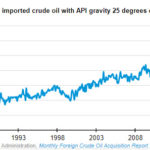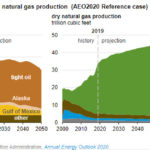
EIA World liquid fuels production outages have increased in 2020
EIA Disruptions to crude oil and condensate production from members of the Organization of the Petroleum Exporting Countries (OPEC) and non-OPEC countries have risen considerably since last year. These outages have contributed to reduced liquid fuel supply and, along with crude oil production declines agreed to among OPEC and partner countries (OPEC+), have contributed to global liquid fuels inventory draws since June.








